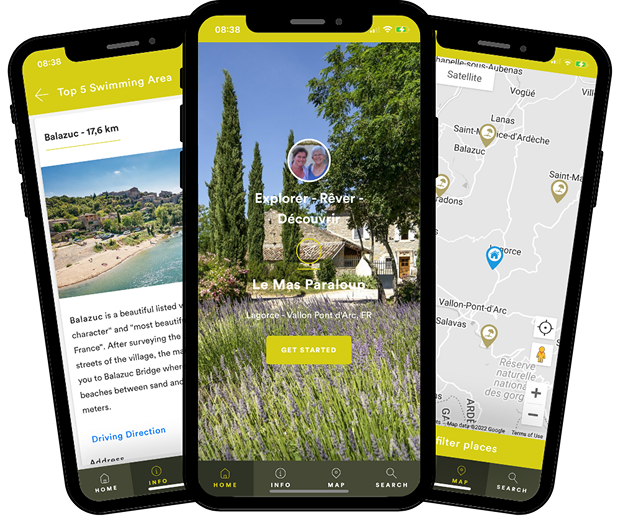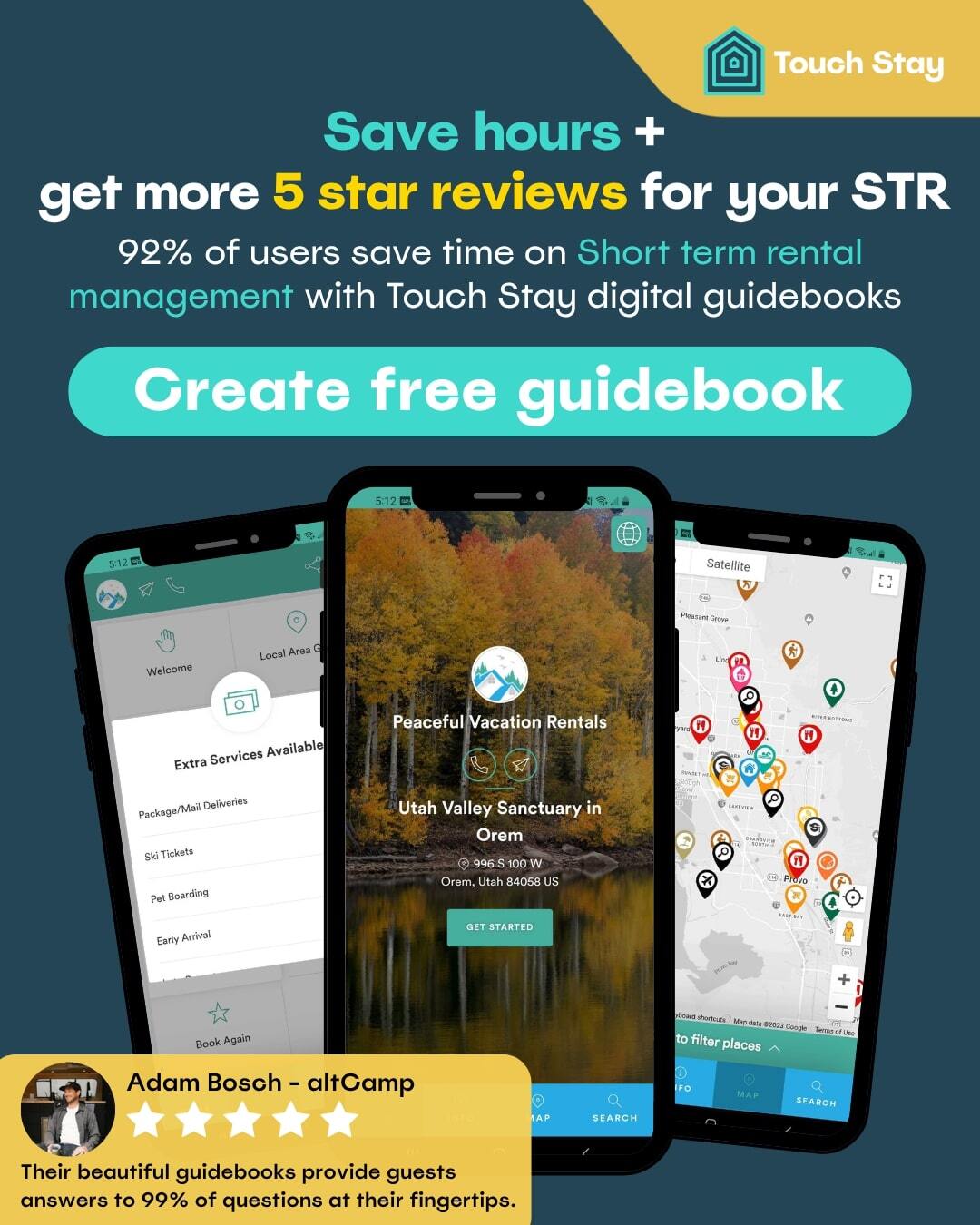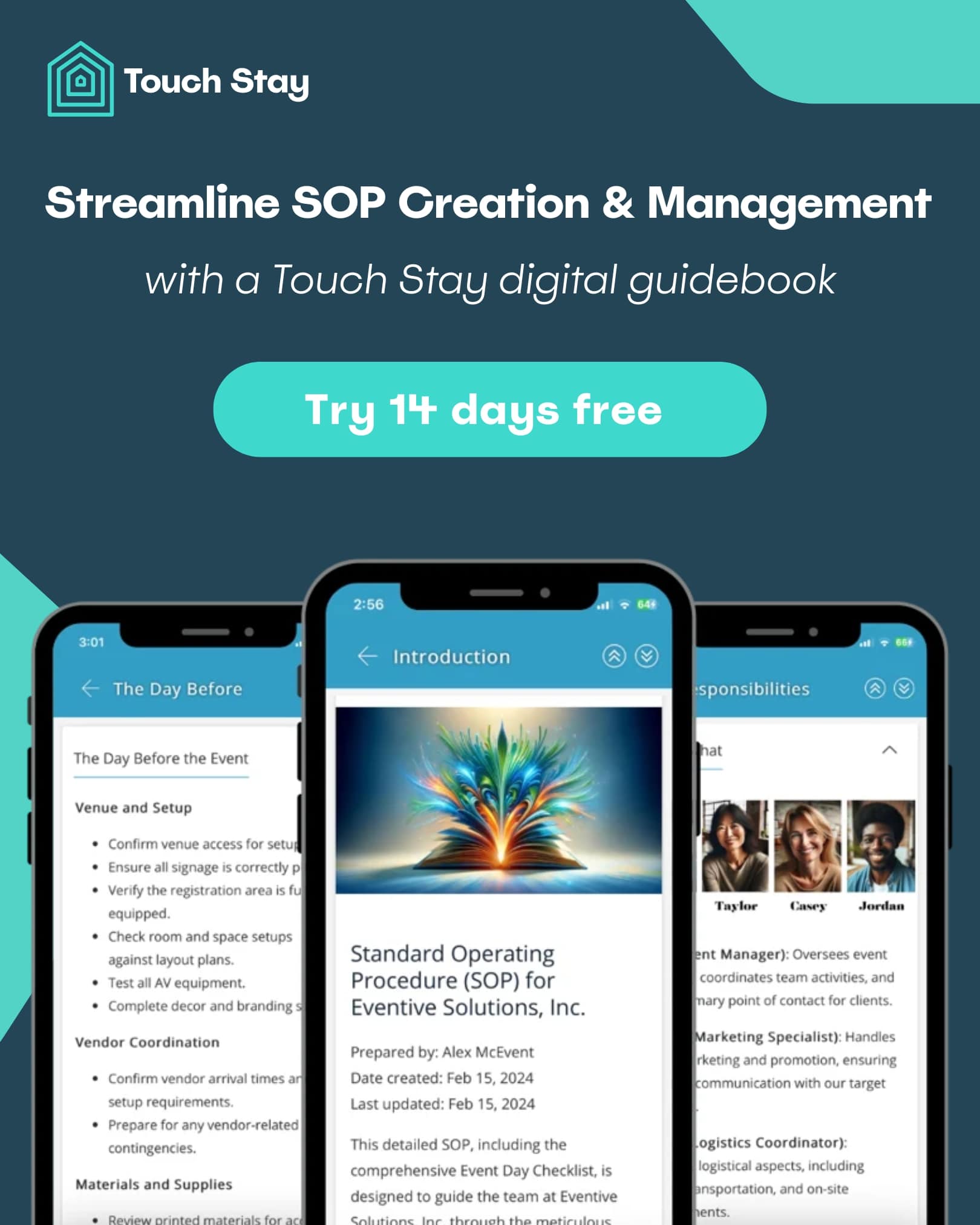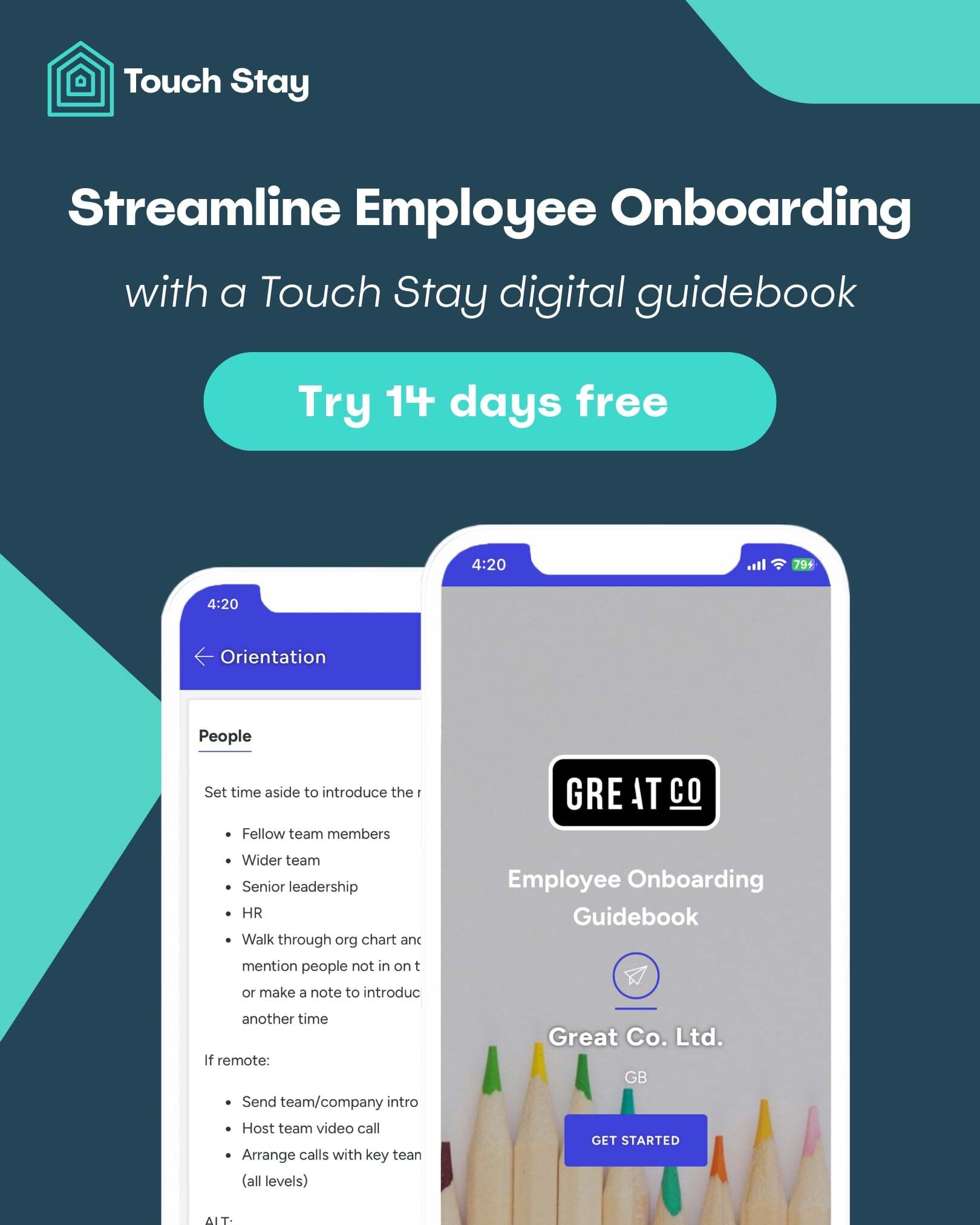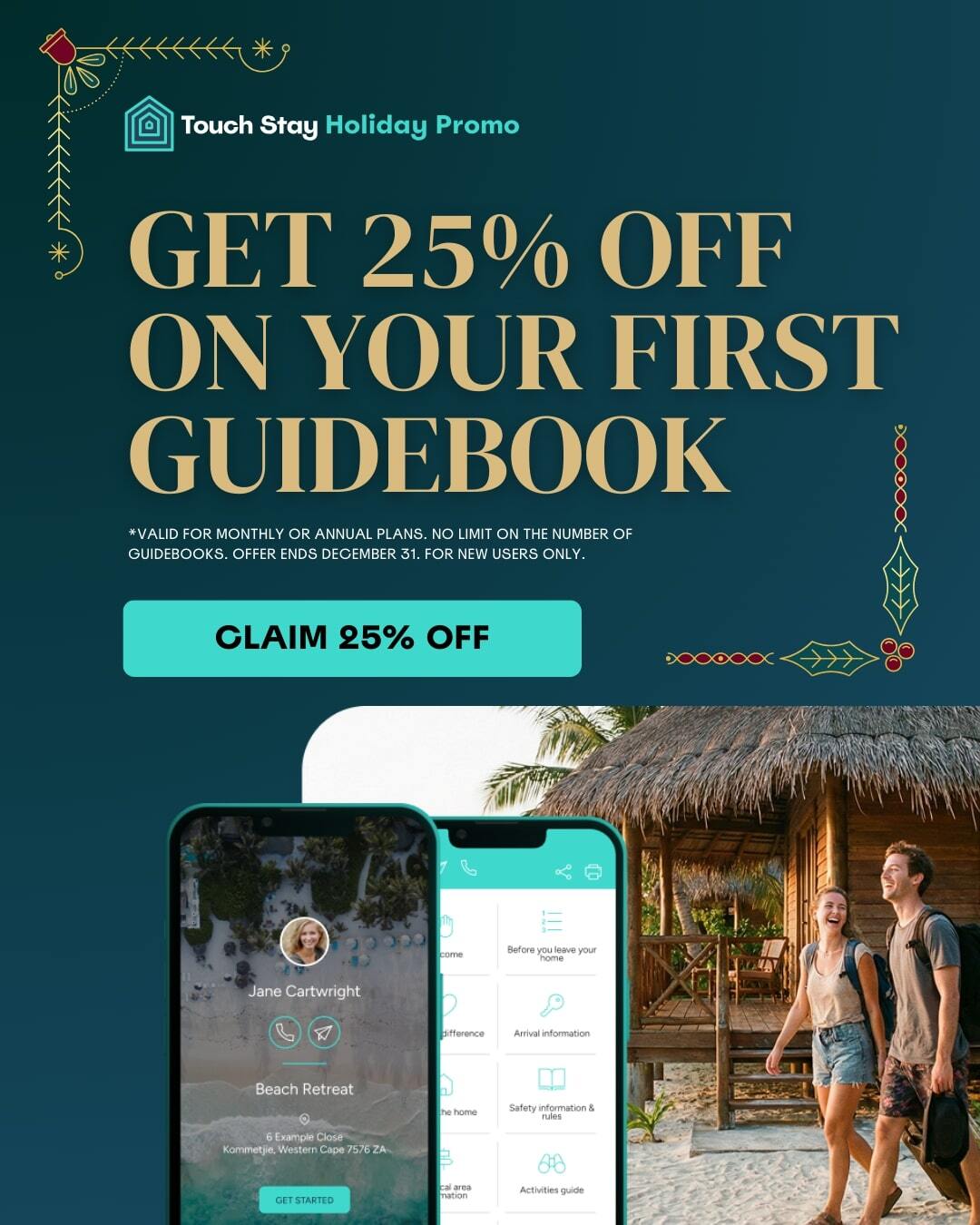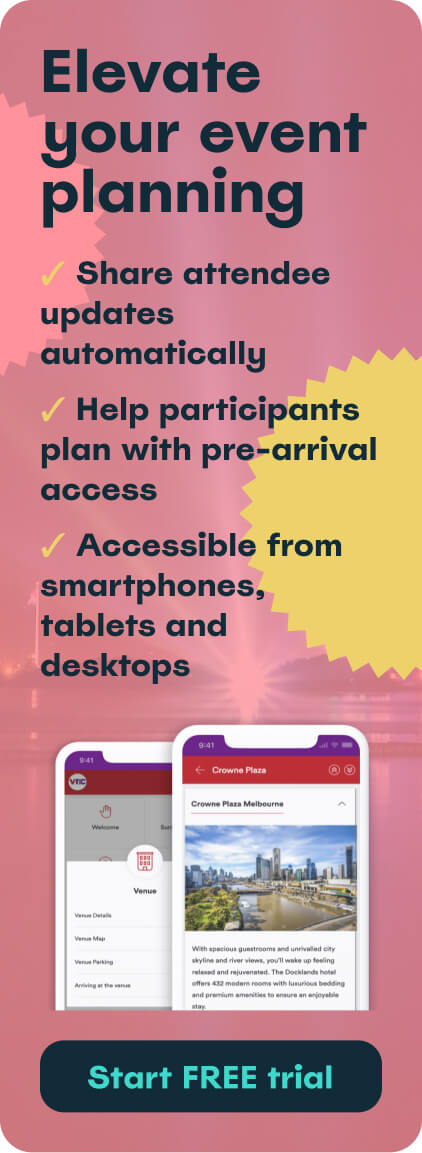A well-crafted Airbnb welcome book is more than just a collection of information; it's a digital concierge, a local guide, and a silent partner working tirelessly to ensure your guests have a seamless and enjoyable stay. It's the key to unlocking positive reviews, repeat bookings, and a stress-free hosting experience.
This comprehensive guide will walk you through everything you need to know about creating an effective Airbnb welcome book, including examples and tips for maximising its impact. Read on to learn:
- What is an Airbnb welcome book?
- Why are Airbnb welcome books important?
- What should an Airbnb welcome book include?
- How to create Airbnb welcome books
- Best Airbnb welcome book examples
- Handcrafted vs. digital Airbnb welcome books
Generate your custom Airbnb guidebook in 60 seconds.
From Link to Guidebook
Drop your Airbnb URL and let AI do the rest. Your guest-ready guide is just a click away.
What is an Airbnb welcome book?
An Airbnb welcome book, also known as an Airbnb guest book or guidebook, is a comprehensive guide provided to guests upon arrival at your rental property. It contains essential information about the property, local area, and house rules, designed to enhance their stay and answer frequently asked questions. Think of it as a helpful handbook that empowers your guests to navigate their stay with ease.
Example: Imagine a guest arriving late at night. Instead of fumbling for the Wi-Fi password or struggling to figure out how to operate the thermostat, they can simply consult the digital welcome book on their phone. This easy access to information creates a positive first impression and sets the tone for a smooth stay.
Why are Airbnb welcome books important?
Airbnb welcome books offer a multitude of benefits for both hosts and guests. They streamline communication, enhance the guest experience, and ultimately contribute to a more successful hosting business.
1. Important information
A well-organised welcome book ensures guests have access to crucial information at their fingertips. This includes everything from Wi-Fi passwords and appliance instructions to emergency contact details and house rules. Having this information readily available reduces confusion and prevents potential issues.
2. Time saving
One of the biggest advantages of an Airbnb welcome book is the time it saves hosts. By proactively addressing common questions and providing clear instructions, you can minimise the number of inquiries from guests, freeing up your time to focus on other aspects of your hosting business or personal life.
3. Better guest experience
A thoughtful welcome book contributes significantly to a positive guest experience. By providing local recommendations, clear instructions, and helpful tips, you demonstrate your commitment to ensuring your guests have a comfortable and enjoyable stay. This attention to detail can lead to glowing reviews and repeat bookings.
4. Local promotion
Your Airbnb welcome book is a valuable opportunity to promote local businesses and attractions. By recommending your favourite restaurants, cafes, and activities, you can enhance your guests' experience while also supporting the local economy. This can also be a great way to differentiate your listing and offer something unique to your guests.
What should an Airbnb welcome book include?
A comprehensive Airbnb welcome book should cover all aspects of your guests' stay, from arrival to departure. Here's a breakdown of essential sections with expanded details:
1. Warm welcome
- Personalised welcome message: greet your guests by name and express your excitement for their stay.
- Information about the property and its unique features: highlight what makes your property special, whether it's a stunning view, a cosy fireplace, or a private garden.
- Contact information for the host: provide multiple ways for guests to reach you, including phone number, email, and preferred messaging app.
2. Arrival and departure information
- Check-in/check-out procedures: clearly outline the check-in and check-out times and any specific instructions, such as where to find the keys or how to access the property.
- Directions to the property: provide detailed directions, especially if your property is located in a remote area or difficult to find. Consider including a map or GPS coordinates.
- Parking instructions: specify parking options available to guests, including designated spots, street parking regulations, or nearby parking garages.
- Key access information: explain how guests can access the property, whether it's through a lockbox, smart lock, or by meeting you in person.
3. List of amenities
- Detailed list of available amenities: provide a comprehensive list of all amenities available to guests, including Wi-Fi, appliances, toiletries, linens, towels, and any recreational equipment.
- Instructions for using specific amenities: offer clear instructions for using appliances, especially if they are complex or require specific settings. Include photos or videos if necessary.
4. Property rules
- House rules: clearly state all house rules, including quiet hours, pet policies, smoking restrictions, guest limits, and any other relevant regulations.
- Guidelines for using shared spaces: if applicable, provide guidelines for using shared spaces, such as pools, hot tubs, or laundry facilities.
5. House information
- Information about the property's features: explain how to operate the heating, cooling, and water systems. Provide instructions for adjusting the thermostat, turning on the hot water, or managing the air conditioning.
- Local area information: provide information about nearby shops, grocery stores, pharmacies, and other essential services.
6. Local tips and activities
- Recommendations for restaurants, cafes, and bars: share your favourite local dining spots, from casual cafes to fine dining restaurants. Consider categorising your recommendations by cuisine or price range.
- List of local attractions and activities: highlight must-see attractions, popular activities, and hidden gems in the area. Provide information about opening hours, ticket prices, and transportation options.
- Transportation options and information: provide details about public transportation, taxi services, ride-sharing apps, and car rental options.
Pro tip: Learn how to (and why) to create the perfect Local Area Guide.
7. Practical instructions
- Instructions for using appliances: provide clear instructions for using all appliances, including the TV, washing machine, dryer, dishwasher, and coffee maker.
- Wi-Fi password and connection instructions: clearly display the Wi-Fi password and provide instructions for connecting to the network.
- Information about parking: reiterate parking instructions and any specific rules or restrictions.
Pro tip: easily add videos to simplify practical instructions and bring your digital guidebook to life.
8. Safety and emergency information
- Emergency contact numbers: list emergency contact numbers for police, fire department, ambulance, and local hospitals.
- Location of fire extinguishers and smoke detectors: clearly indicate the location of fire extinguishers, smoke detectors, and carbon monoxide detectors.
- Evacuation procedures: provide clear evacuation procedures in case of emergencies, including escape routes and assembly points.
9. Frequently asked questions
- Answers to common guest questions: anticipate common guest questions and provide clear and concise answers. This could include questions about check-in/check-out procedures, amenities, local attractions, and house rules.
10. Special extra information
- Recommendations for babysitters or pet sitters: if appropriate, provide recommendations for local babysitters or pet sitters.
- Information about local events or festivals: inform guests about any local events or festivals happening during their stay.
- Personal touches that make your property unique: add personal touches that make your property stand out, such as a welcome basket, a guest book, or a collection of local guidebooks.
How to create Airbnb welcome books
Creating a professional and informative Airbnb welcome book doesn't have to be a daunting task. Touch Stay offers a simple and efficient way to create digital welcome books that impress your guests and save you time.
With Touch Stay, you can easily create a beautiful, branded welcome book that guests can access on their smartphones, tablets, or laptops. Simply upload your information, add photos, and customise the design to match your brand.
Tips for creating a high-quality Airbnb welcome book:
- Keep it concise and easy to read: use clear language and avoid jargon. Break up large blocks of text with headings, bullet points, and images.
- Use visuals: include high-quality photos and maps to make the information more engaging and easier to understand.
- Make it mobile-friendly: ensure your welcome book is easily accessible and readable on mobile devices. Test it on different screen sizes to ensure optimal viewing.
- Personalise it: add a personal touch to make your guests feel welcome. This could be a handwritten note, a welcome gift, or a personalised message in the welcome book.
- Keep it up-to-date: regularly review and update your welcome book to ensure the information is accurate and current. Outdated information can lead to frustration and confusion for your guests.
- Proofread carefully: before sharing your welcome book with guests, proofread it carefully for any typos or grammatical errors. A polished and professional welcome book reflects well on your hosting business.
Ready to streamline your hosting and impress your guests?
Best Airbnb welcome book examples
While the ideal welcome book is tailored to your specific property and guests, here are some of our favourite Touch Stay guidebooks, created by real Airbnb hosts like you:
1. The coastal property welcome book
Cornish rental hosts, Lamorna, include a Food & Drink section to their welcome book with three Sub-Categories, as well as an Activities Guide section that includes various Subcategories, like Beaches, Golf Courses, Walking & GeoCaching, Water Sports, Spa Relaxation, plus info about their local castle. Click the guidebook for inspiration.
2. The glamping welcome book
RAK Glamping have created a simple, yet thoughtful welcome book. They have included essential Categories like Local & Culture, Hikes, bikes & walks, Activities, Beaches, Restaurants, and Shopping.
3. The family-friendly lodge welcome book
The Green Lodge Aviemore have broken down their digital welcome book into sensible Subcategories, plus added videos and links out to other websites. Click the image below to check it out.
4. The foodie’s destination welcome book
Australia’s Country Food Trails is a fantastic example of a welcome book for a destination, rather than for a short-term rental. It includes inspiration for an abundance of local activities for all types of guests - from Winery Tours, Day Trips, Festivals, For Children, and Markets, to The Arts and Retail Therapy, plus a wide range of accommodation options. Click the guidebook to check it out.
5. The comprehensive travel welcome book
Le Pas Paraloup in France has an extensive welcome book, with Categories and Subcategories including Arts & Culture Sightseeing, The Provençal Markets, Flea Markets, Top 5 Hiking & Cycling Trails, Wineries, Local Waterfalls and much more.
Generate your custom guidebook
Drop your Airbnb URL and let AI do the rest. Try for free. No card required.
Handcrafted vs. digital Airbnb welcome books
While physical welcome books can be charming, digital welcome books offer numerous advantages in today's fast-paced world.
Benefits of digital welcome books created with Touch Stay:
- Easy to access:guests can access the welcome book on their smartphones, tablets, or laptops, anytime, anywhere. This is especially helpful for guests arriving late at night or during off-peak hours.
- Always up-to-date: easily update information in real-time, ensuring guests always have the latest details. This eliminates the risk of outdated information causing confusion or frustration.
- Eco-friendly: reduce paper waste and contribute to a more sustainable environment. Digital welcome books are a more environmentally conscious choice.
- Cost-effective: eliminate the costs associated with printing and reprinting physical welcome books. This can save hosts significant money over time.
- Branded experience: create a professional and consistent brand experience for your guests. Touch Stay allows you to customise the design of your welcome book to match your brand.
- Multilingual support: cater to international guests by offering your welcome book in multiple languages. This can significantly enhance the guest experience for international travellers.
- Interactive features: include maps, videos, and other interactive elements to enhance the guest experience. This can make the welcome book more engaging and informative.
- Reduced guest enquiries: proactively address common questions and minimise the need for guest communication. This frees up your time and reduces the number of interruptions.
- Improved guest satisfaction: provide a seamless and informative experience that leads to positive reviews. A well-crafted digital welcome book can significantly enhance guest satisfaction.
- Time-saving for hosts: manage all your property information in one central location and easily share it with guests. Touch Stay simplifies the process of creating and managing your welcome book.
Did you know… 92% of Touch Stay users tell us they’re already saving time and have happier guests! - Easy sharing: share the welcome book with guests before their arrival, allowing them to familiarise themselves with the property and local area in advance.
- Analytics: track how guests are using the welcome book to identify popular sections and areas for improvement.
Ready to elevate your hosting game with a digital welcome book?

Ned
Ned has clocked up over 11 years in digital marketing and comms, with a strong focus on creating engaging content for a range of brands and agencies. When he’s not writing, he can be found digging for records, peering through his telescope at the night sky, or onboard his local lifeboat where he volunteers as a crewmember.
Be the first to know!
Join our newsletter for early access to:
- ✅ Free guides
- ✅ Pro tips & tricks
- ✅ Time saving tutorials
- ✅ Latest blog posts
- ✅ Checklists & templates

